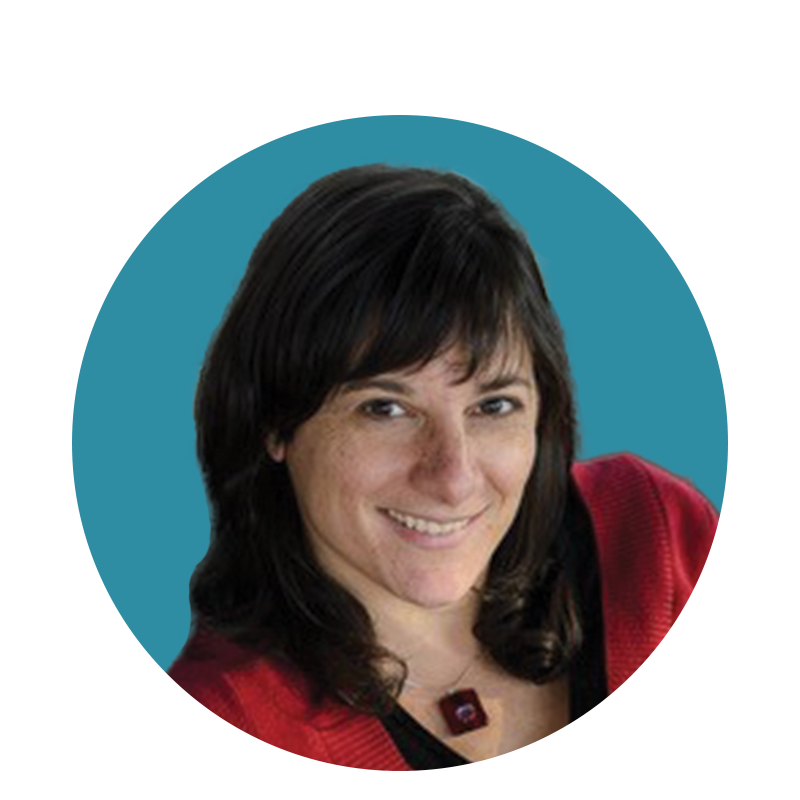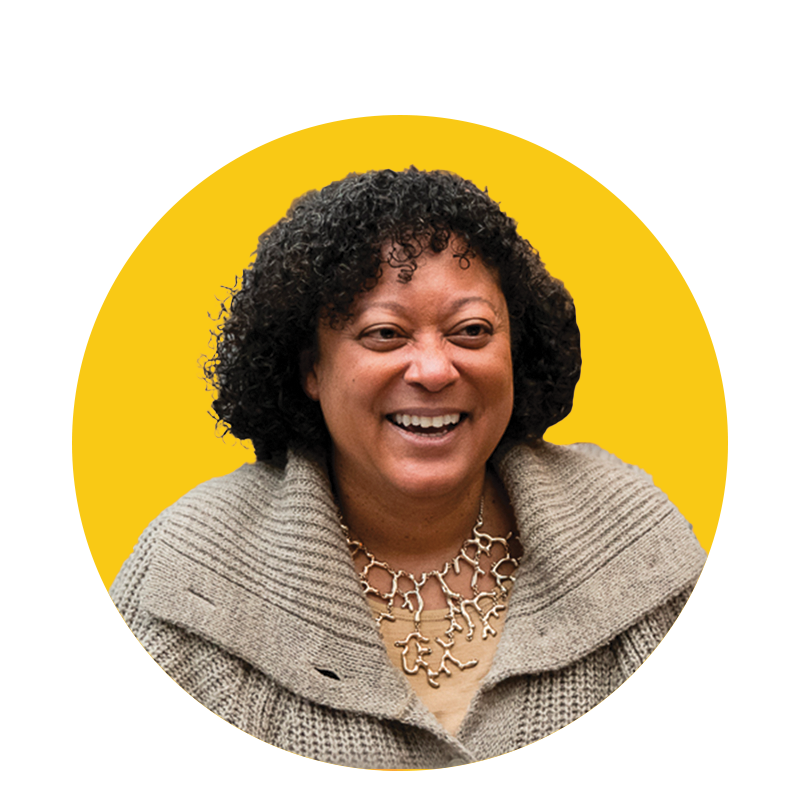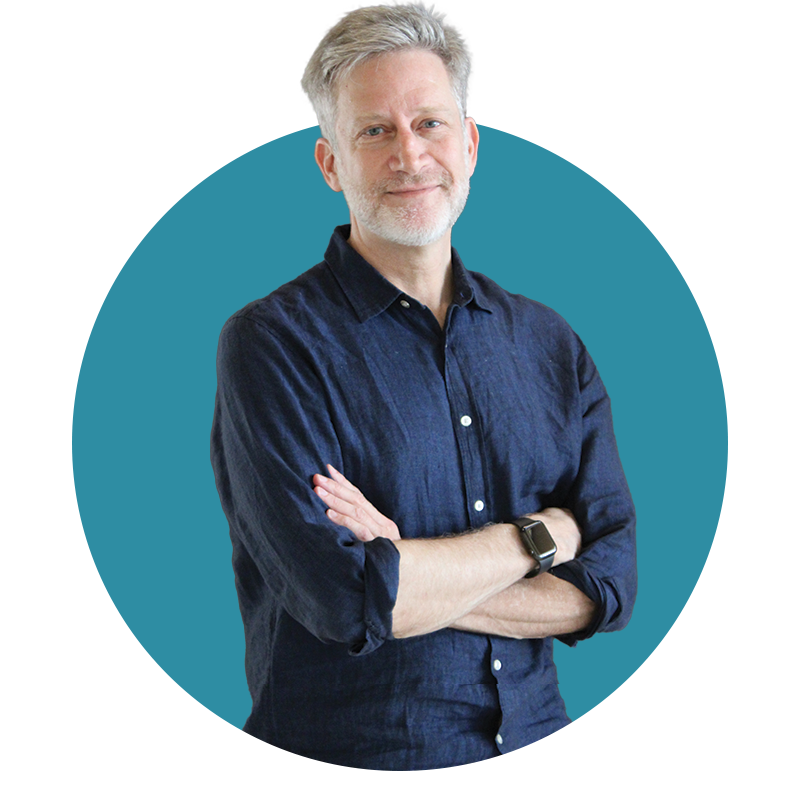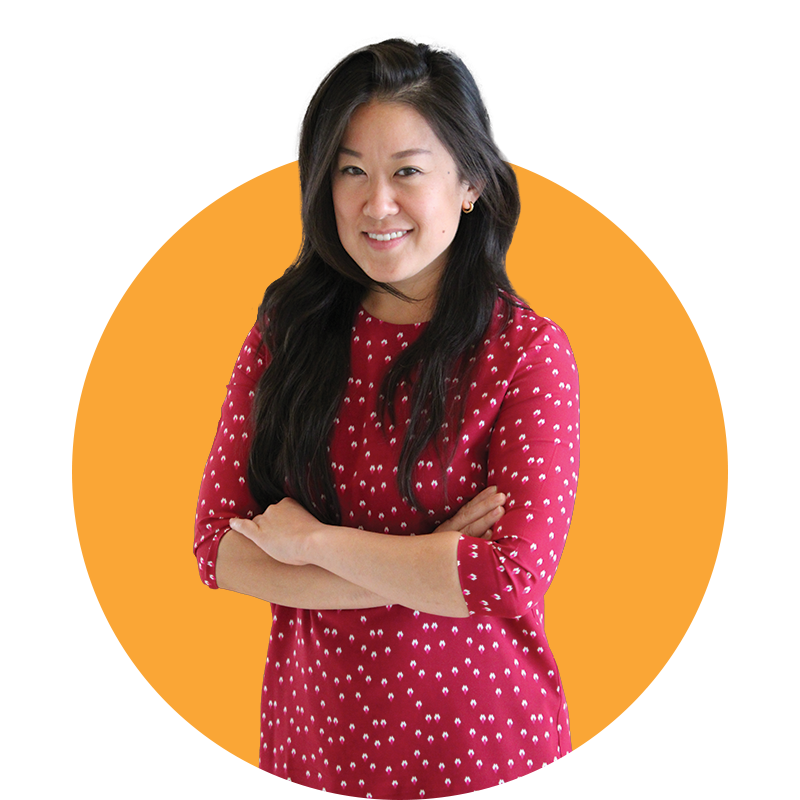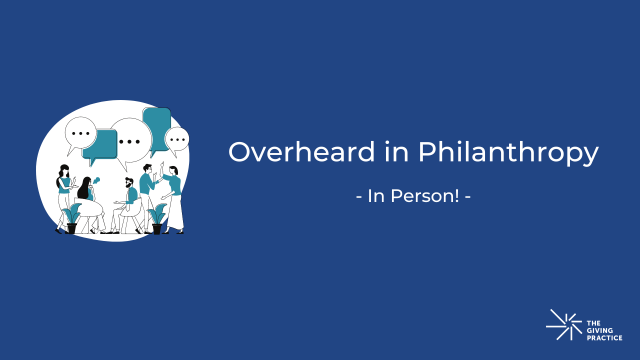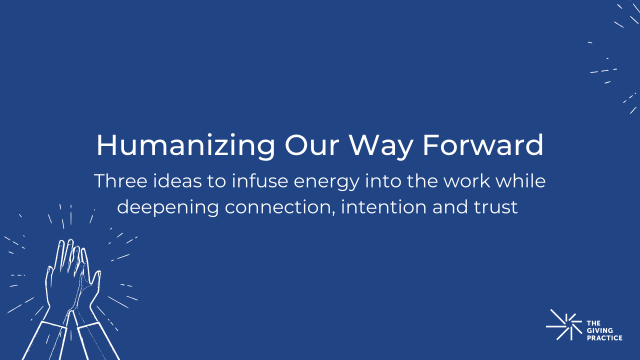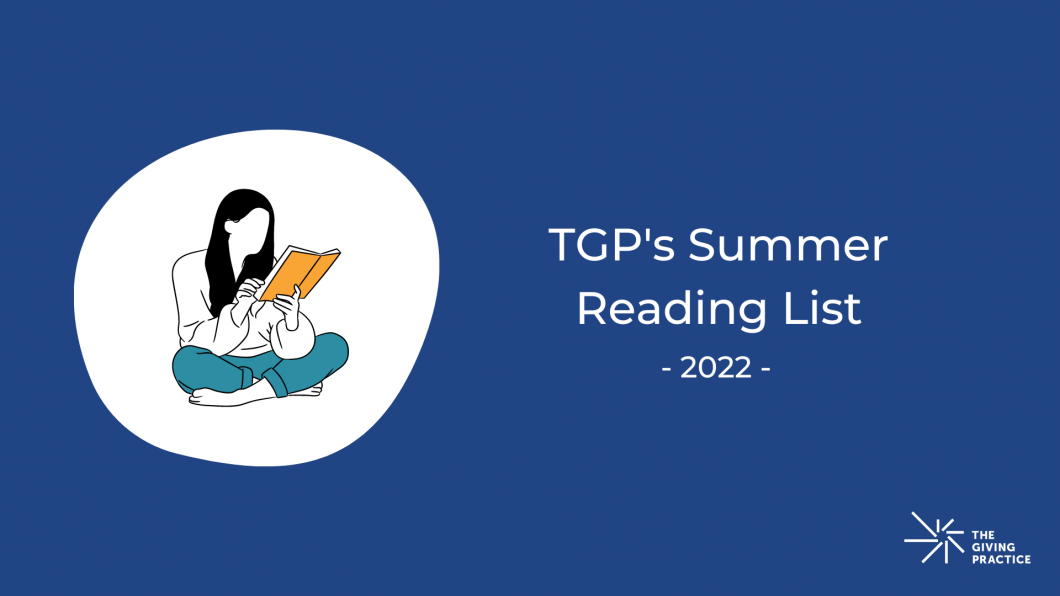
Last month, NASA famously released images from the James-Webb telescope, providing the world with a previously unseen perspective of our universe. These awe-inspiring photographs amplify our curiosity about what exists among the stars and how it connects to us here on earth. This inquisitiveness sheds new light on how we think about ourselves, those around us, and the vastness of the currently unknown. Innovation, curiosity, and the quest for knowledge are deeply ingrained in our humanity.
Across our team we carry this lens of curiosity and continuous learning everywhere we go. The relationships we foster with our team, conversations with clients, webinars and conferences we attend, the books we read and podcasts we listen to — all shape our worldview. We listen, lean in and hold space to make the unknown a little more known.
Like the James-Webb telescope, we want to relay new perspectives we’re discovering to you. Our team is excited to share books for your summer reading list that offer new ways of thinking, embrace both the challenges and joy of our humanity, and inspire us to continually learn and grow in our personal and professional lives.
| - LISA M'S PICK - The Whiteness of Wealth by Dorothy A. Brown |
|
| Who should read this book? | |
| “I think the book might be especially relevant for economic opportunity funders who are exploring the Economic Income Tax Credit (EITC), the Child Tax Credit (CTC), etc., but really for any student/learner interested in how past decisions affect current realities.” | |
| Key elements of this book: | |
| Dorothy A. Brown, a lawyer by training, examines how the tax code is not a color-blind institution but instead directly contributes to the racial wealth gap in America. Using her decades of research and incorporating stories from families who experience the inequities in the tax system, Brown makes a case for restructuring the tax code to become more equitable. | |
| Why are you excited about this book? | |
|
“I’m fascinated with how structures and history affect current culture, practices, and systems. This book on tax policy — something that seems very numbers-based — sparked my curiosity, especially [Brown’s] analysis of race within the construction of our modern tax policies in the United States." For more information, check out this article about Dorothy A. Brown’s life and work. |
|
| - MARY'S PICK - Stolen Focus: Why You Can't Pay Attention and How to Think Deeply Again by John Hari |
|
| Who should read this book? | |
| For people who feel the pulls of distraction and lack of attention. “I think this is a deeply systemic, cross-cutting problem and an area in which the philanthropic sector can play an enormous, positive role.” | |
| Key elements of this book: | |
| “This book is both a personal and deeply researched examination of the global attention crisis and its myriad causes, going beyond the usual culprit of smartphones and social media to others such as air pollution, the 'collapse of sustained reading,' and mental and physical exhaustion. Hari also identifies some potential solutions but advocates for global reckoning of how the attention crisis inhibits our ability to solve other global crises including the erosion of democracy, systemic racism and the climate emergency.” | |
| - EMILY'S PICK - Mexican Gothic by Silvia Moreno-Garcia |
|
| Who should read this book? | |
| "This gothic horror novel is for anyone seeking the thrill of secrets and intrigue and those who love gothic motifs. However, Mexican Gothic is more than a mere creepy story. The book is a thought-provoking allegory that includes the themes of colonialism, race, class and gender." | |
| Key elements of this book: | |
| “Set in the 1950s, Noémi, a young woman from Mexico City, receives a distressing letter from her cousin Catalina, who claims she is in danger from her new husband, Virgil Doyle. Catalina's confusing letter goes on to describe that ghosts are haunting her. Noémi travels to the Doyle's crumbling estate to assess Catalina's plight. While there, Noémi's dreams become waking nightmares, and she learns that the estate and the Doyle family are not all they may seem.” | |
| Why are you excited about this book? | |
| "I have not read much about Mexico in the 1950s, and the setting and historical context intrigued me. I also love good storytelling, and Silvia Moreno-Garcia weaves a beautiful and thrilling narrative that I could not put down. Mexican Gothic is dark, as horror novels are, but it incorporates race, gender and class dynamics into its horror, adding to the dread that increases throughout the book." | |
| - DAWN'S PICK - Hidden Life of Trees by Peter Wohlleben |
|
| Who should read this book? | |
| Anyone who is curious about the world around us. “It sounds like a science ‘tome’ but is a wonderful light and uplifting summer read. You’ll never see trees in the same light again — and that’s a good thing.” | |
| Key elements of this book: | |
| “We all know the importance of trees; they give shade, oxygen, beauty, serenity, and are an incredible renewable resource (if we steward them well). But this book asks and tries to answer the question: are trees — which most of us never think of as part of a community — social beings with networks, families and children that they care for?” | |
| Why are you excited about this book? | |
| “Recognizing anew that I should always appreciate the living, breathing nature of all things and be careful with the beings around me, large and small.” I also gained insight into “how complex nature is and how much we as humans are just one facet of an incredibly wonderful, awe-inspiring and complicated ecosystem.” | |
| - AUDREY'S PICK - My Grandmother's Hands by Resmaa Menakem |
|
| Who should read this book? | |
| This book is for anyone interested in exploring how we all hold racial trauma in our bodies. “It offers a lens and a pathway in which to move forward and begin to heal racial trauma. It’s a book that calls each reader towards reflective practice and requires active reading.” | |
| Key elements of this book: | |
| “My Grandmother’s Hands explores and calls us to action on the link between racism and our body. It’s half exploration of where trauma lies within us, and half body and healing practices. There are chapters specifically for white readers, Black readers, and police officers — each reader thus has a specific and unique experience reading the book. It also explores the expansive systemic nature of racism and white supremacy into how it shows up in our lived bodily experience. It takes a restorative justice approach towards trauma.” | |
| Why are you excited about this book? | |
| “How historical trauma can travel through history across generations. Historical linkage between white supremacy and patterns of violence found for centuries in European culture.” | |
| - MARK'S PICK - Immunity to Change: How to Overcome It and Unlock the Potential in Yourself and Your Organization, by Robert Kegan and Lisa Laskow Lahey |
|
| Who should read this book? | |
| Immunity to Change is for anyone interested in understanding how our competing commitments tend to hold us back from change, along with ways to address these underlying assumptions. This book helps you understand “…that your counterproductive behaviors are fulfilling some hidden but real commitment. This approach can be transformative not only personally but at work.” | |
| Key elements of this book: | |
|
This book focuses on some of the reasons why when we work toward change, we fall short of the goal. “The technique goes roughly like this: Draw four columns. In the first column, write some of your commitments or improvement goals. In the second column, write down behaviors you are doing that work against those goals. In the third column, identify the commitments that might be behind those behaviors in your second column. The fourth column asks you to dig deeper — what are the big assumptions behind those competing commitments? These ‘invisible commitments’ are the key to the whole inquiry. They explain why you might continue to do those counterproductive behaviors. They have a nice way of framing the commitments here. If you have the visible commitments in the first column, the third column’s invisible commitments can be thought of as having you. Your counterproductive behaviors might not make sense when it comes to your visible commitments. But they make perfect sense when it comes to those invisible, competing commitments.” |
|
| Why are you excited about this book? | |
|
“What excites me about the book is how it can help you understand your behavior and why change can be difficult to achieve. It’s not just that we’re doing or not doing things that undermine living [how] we want to live. It’s that we have good reasons for those counterproductive things — we just don’t think about them... For me, just realizing that I have unrecognized and competing commitments has helped me change.” In addition to their book, Kegan and Lahey have an excellent Harvard Business Review article, titled The Real Reason People Won’t Change, on immunity to change in professional settings.
|
|
| - LISA F'S PICK - Nice Racism: How Progressive White People Perpetuate Racial Harm by Robin DiAngelo |
|
| Who should read this book? | |
| “I have found it useful in better understanding my own role in perpetuating racial harm, and I believe others may find it helpful, too. It also has helped me understand how some of the common white racial patterns in which I engage can be among the most damaging to people of color.” | |
| Key elements of this book: | |
| “Some key elements of this book include how a culture of ‘nice’ protects racism and the actions and subtle thought and behavior patterns that perpetuate racial harm.” | |
| Why are you excited about this book? | |
| “I have appreciated this book because I am working on my own accountability and commitment to the work of dismantling racism and to see the many ways [that] I am advantaged by being white-bodied. I see my personal learning and growth as an essential part of my ongoing journey.” | |
| - NORA'S PICK - To Kill a Mockingbird by Harper Lee |
|
| Who should read this book? | |
| “Revisiting this book will hopefully serve as a reminder of a period of your life when you were truly carefree, open to possibilities, when answers to questions were exciting and revelatory — and how important that time is for us as individuals and a community.” | |
| Key elements of this book: | |
| “Lee is a truly beautiful writer, and her storytelling balances the freedom, curiosities, and joys of childhood within such an ugly backdrop of deeply entrenched racism, sexism,and classism in the south. The novel was published in 1960, and it really makes apparent how far we have not come.” | |
| Why are you excited about this book? | |
| “I read this in high school but gained so much more rereading this as an adult. As a young person, I lacked the awareness and life experience to allow me to grasp the underlying messages and implications skillfully narrated throughout. Personally, the loss of innocence depicted through this story brings me to reflect on my own journey of self-discovery and realization (with a sense of mourning), but I sense it, too, on a societal/systemic level within the world and the challenges that we currently live with. A fundamental and existential question that I struggle with is that childhood innocence and unmitigated joy, right now, seems like something we have lost and will never be able to get back to — but how could we possibly not fight to protect something so profoundly precious?” | |
We hope these books inspire you to dig into some important topics and learn something new this summer! Want to join the conversation? Share your favorite summer book recommendations on LinkedIn here.
Join our mailing list to stay up to date on our latest reflections, insights, interviews and more.


